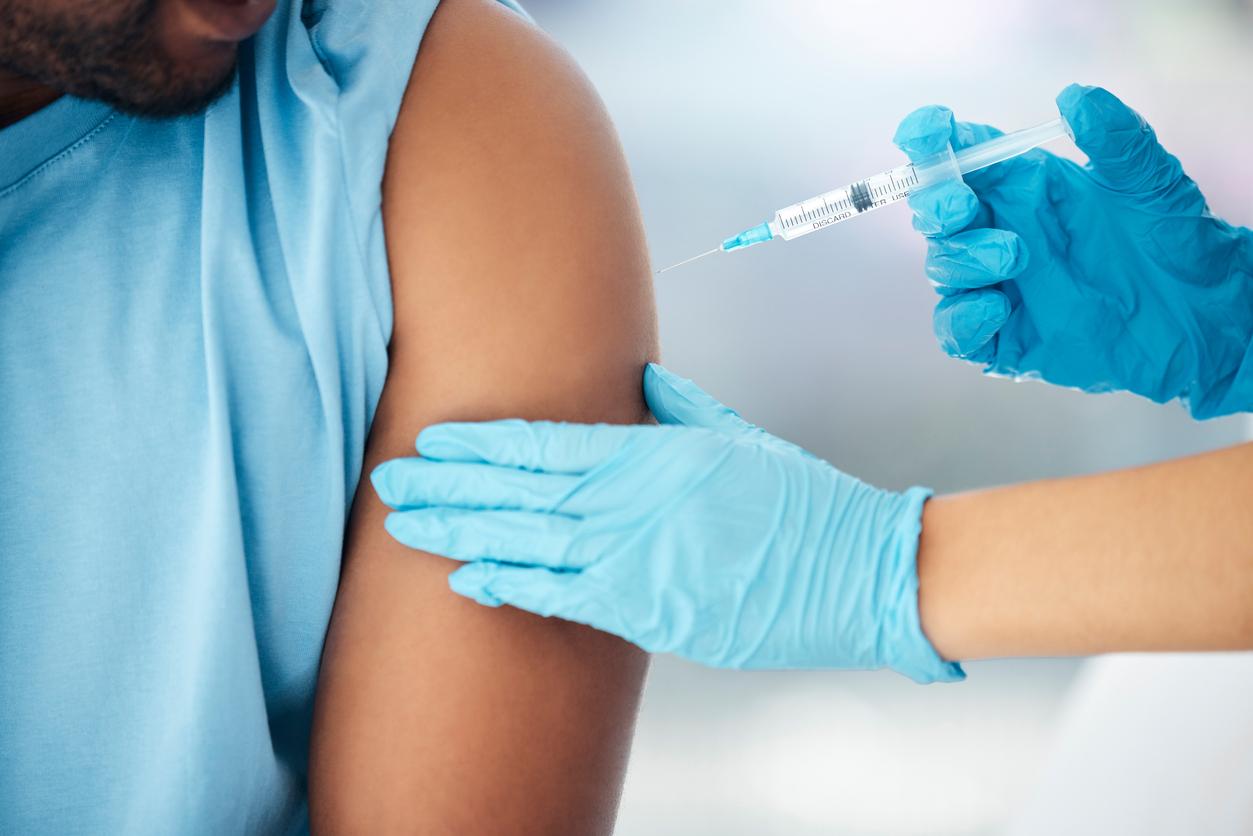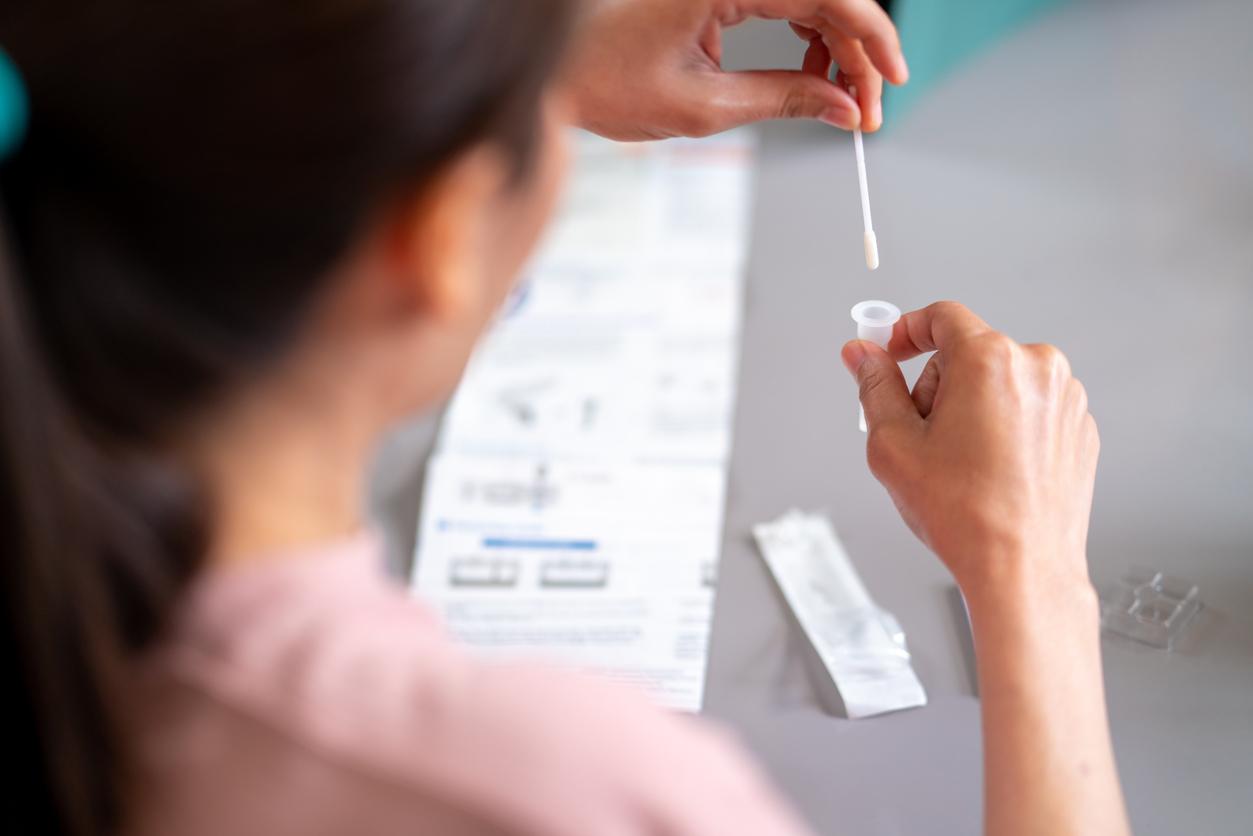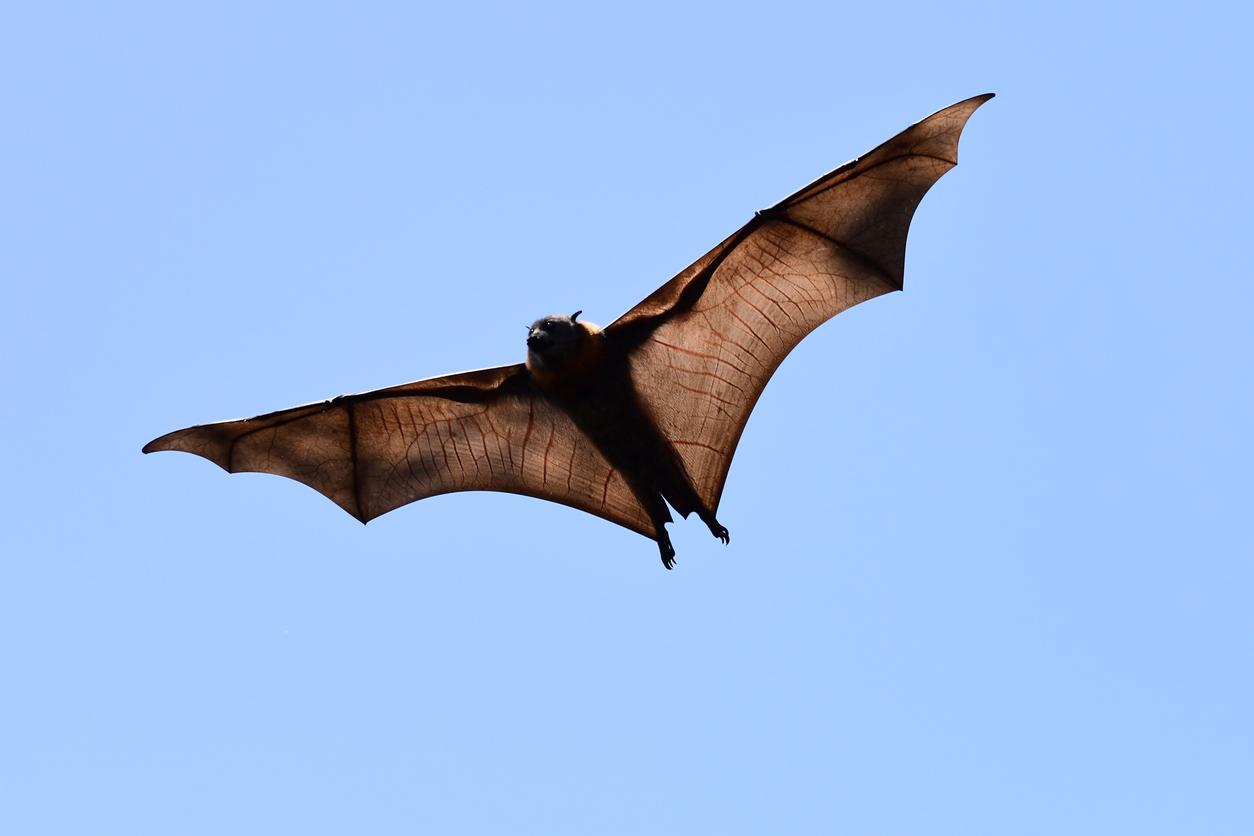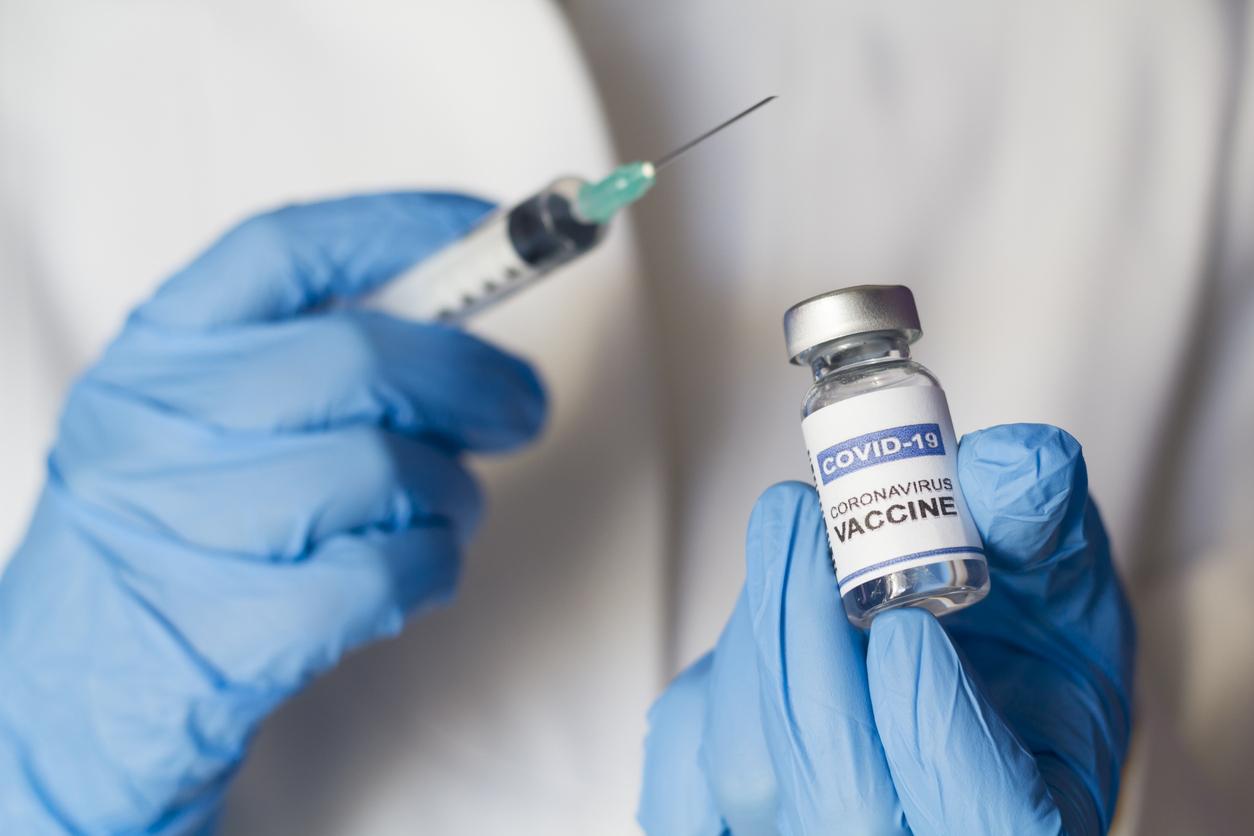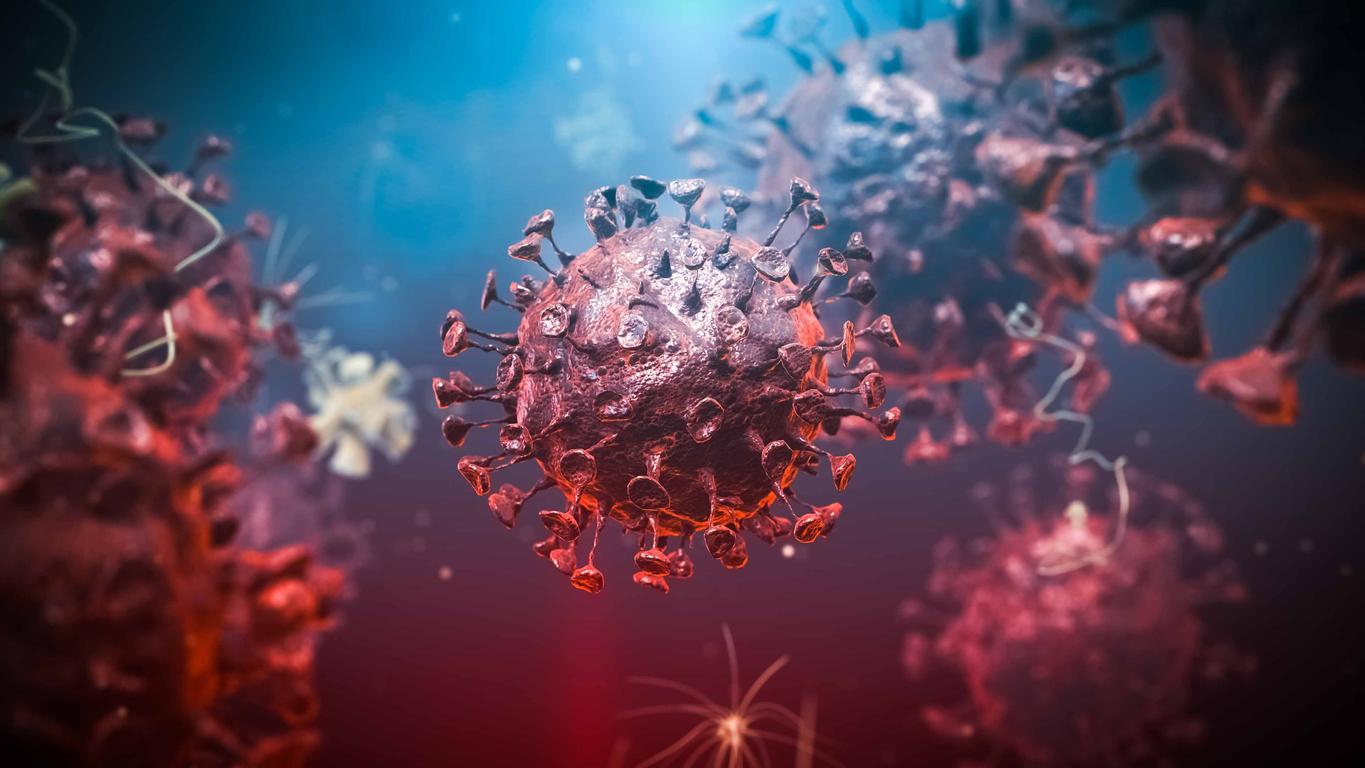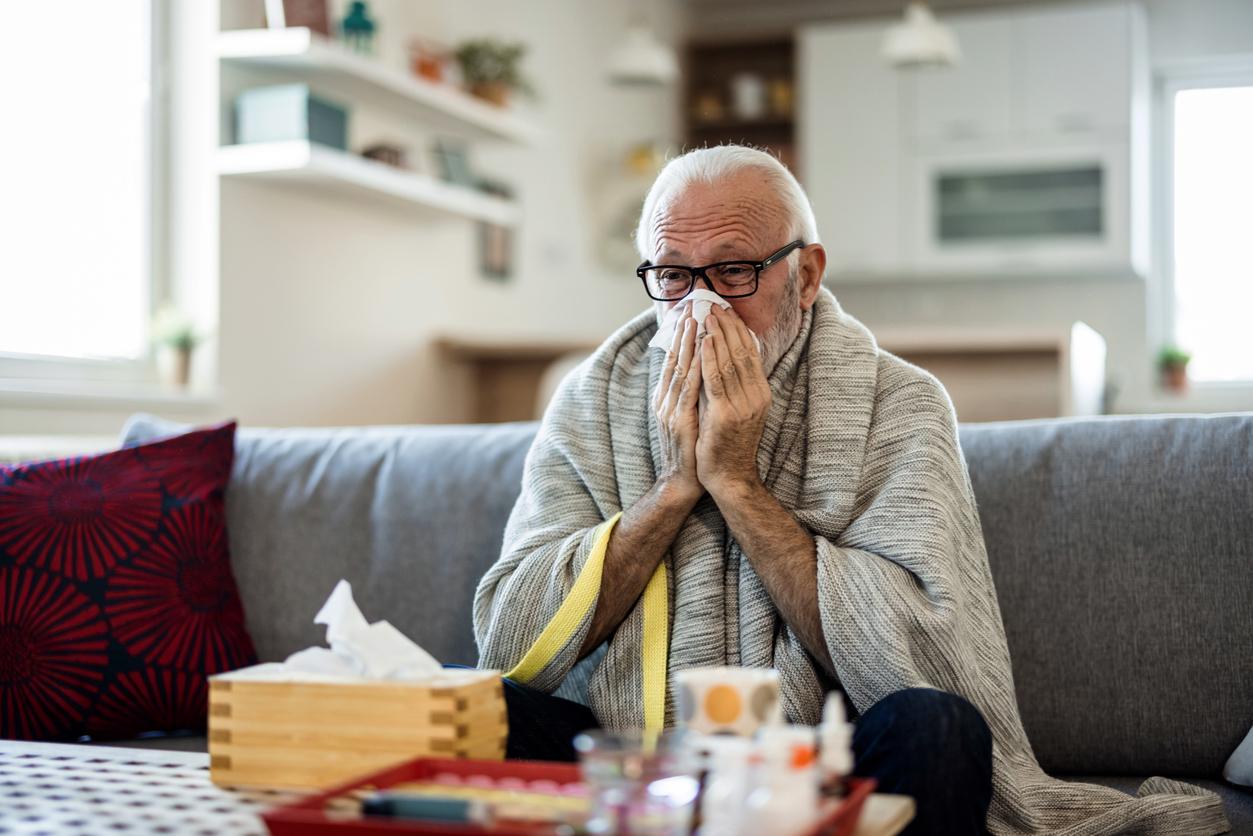The High Authority for Health gave the green light on Thursday to the implementation of saliva tests for asymptomatic people. They will be deployed in schools and nursing homes.
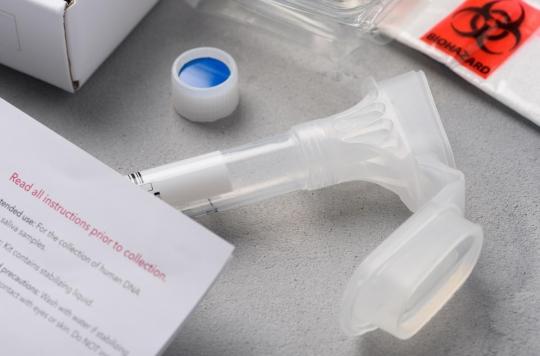
- As a first step, the government wants to reach a target of 200,000 weekly tests.
- The saliva test should be performed at least 30 minutes after smoking, eating or brushing your teeth.
- Saliva self-tests are not recommended by the HAS.
After the PCR and antigen tests, it’s time for the saliva tests. This Thursday, February 11, the High Authority for Health (HAS) gave its approval, in a new opinionon the deployment of saliva samples in schools and nursing homes to detect the presence of the virus in asymptomatic people and for contact cases for whom the nasopharyngeal swab “is difficult or impossible”. As a first step, the government wants to reach a target of 200,000 weekly tests.
Reliability in question
Until now, nasal swabs have been reserved for people with symptoms and for whom the swab in the nose, used for PCR and antigen tests, is difficult to accept. For the saliva test, simply spit into a test tube. This operation can be carried out at home thanks to a tube provided in a sampling kit, to be kept afterwards “at room temperature”, specifies the HAS. To be effective, it must be done at least 30 minutes after smoking, eating or brushing your teeth to prevent other oral particles from interfering with the results. The sample is then sent within five hours to a specialized laboratory which analyzes it using a PCR machine. This mode of treatment does not allow a faster result than with a nasal swab. It is therefore necessary to wait between 24 and 48 hours to know if the test is positive or negative.
The reliability of this test is debated among scientists. SARS-CoV-2 is a respiratory virus that is mainly caught by aerosols that first enter through the respiratory tract. Its concentration is therefore greater there and justifies why the first tests used are nasal tests. The designers of the saliva tests believe they have the ability to spot the RNA, or genetic information, of the virus. European authorities have asked manufacturers to increase their level of reliability in order to reduce the number of false negatives.
The HAS does not recommend self-tests
These tests are already widely used in the United States where a saliva self-test was even authorized by the drug agency in January. They are also deployed in England, which uses them in particular on the student population in order to limit the spread of cases in boarding schools. They have the advantage of obtaining a result between 20 and 40 minutes. The HAS does not currently recommend these self-tests which would be able to identify positive patients but less negative ones. “If you want to test the population massively, you need to have samples that are easy and carried out by the people themselvesbelieves Martin Blachier, an epidemiologist, at France 24. What matters in the end is to have the result immediately, because otherwise we do not isolate ourselves early enough and we infect people..”

.









